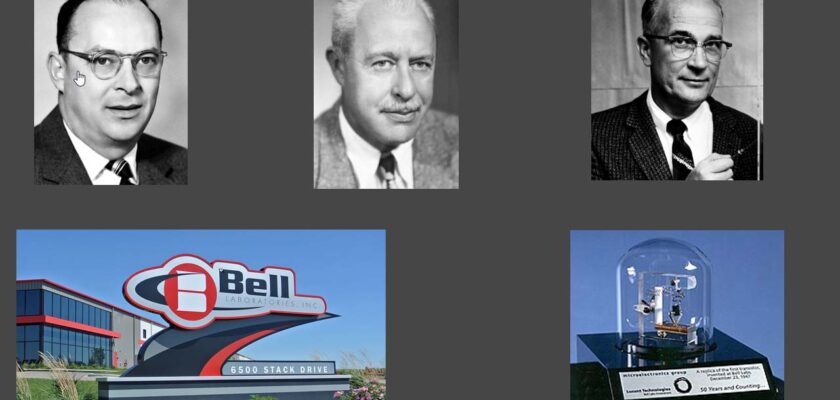Who Invented the Transistor -> Start
The history of technological advancement is often marked by the contributions of brilliant minds who collectively shape the course of human progress.
One such groundbreaking invention is the transistor, a device that has played a pivotal role in shaping the modern world.
The story of the transistor’s invention is a tale of collaboration, innovation, and the intersection of theory and experimentation.
The Pre-Transistor Landscape
In the mid-20th century, electronics relied heavily on vacuum tubes for amplifying and controlling electrical signals. However, vacuum tubes were far from ideal.
They were bulky, consumed significant energy, emitted heat, and were prone to frequent failures. The search for an alternative solution to these limitations led to the emergence of the transistor.
The Trio at Bell Labs
The story of the transistor’s invention is intricately tied to Bell Laboratories, the research arm of the American Telephone and Telegraph Company (AT&T).
In the late 1940s, three physicists—John Bardeen, Walter Brattain, and William Shockley—began working together on the development of a solid-state alternative to vacuum tubes.
John Bardeen: The Theoretical Visionary
John Bardeen was a theoretical physicist who had previously received a Nobel Prize in 1956 for his work on superconductivity.
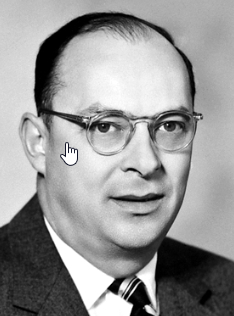
His expertise in quantum mechanics and solid-state physics provided the theoretical framework for the transistor’s development.
Bardeen’s insights into semiconductors and electron behavior were instrumental in guiding the experimental work of his colleagues.
Walter Brattain: The Experimentalist
Walter Brattain, an experimental physicist, was responsible for translating Bardeen’s theoretical ideas into practical devices.
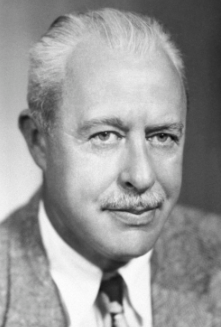
In December 1947, Brattain successfully created the first working point-contact transistor, using a small piece of germanium and gold point contacts.
This achievement marked a significant milestone in the development of the transistor, demonstrating its potential for replacing vacuum tubes.
William Shockley: The Theorist and Manager
William Shockley, known for his pioneering work on the quantum mechanics of electrons in semiconductors, provided crucial theoretical insights into the behavior of semiconductors.
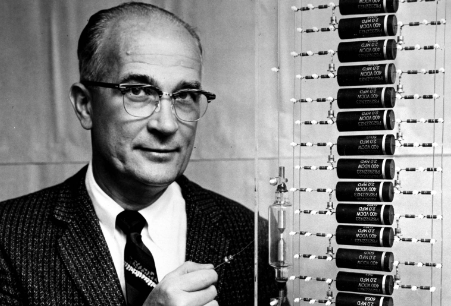
Additionally, Shockley played a managerial role, guiding and facilitating the collaboration between Bardeen and Brattain. However, his leadership style often clashed with his colleagues, leading to tensions within the team.
The Complex Dynamics
The collaboration between Bardeen, Brattain, and Shockley was marked by a blend of complementary skills and ideas.
While Bardeen provided theoretical guidance, Brattain’s experimental prowess turned theory into reality. Shockley’s contributions ranged from theoretical insights to managerial direction.
However, the collaboration was not without its challenges. Shockley’s strong-willed personality and disagreements over credits for various aspects of the invention created friction within the team.
Recognition and Legacy
In 1956, John Bardeen, Walter Brattain, and William Shockley were jointly awarded the Nobel Prize in Physics for their invention of the transistor.
The recognition of their achievement underscored the collaborative nature of the invention and its profound impact on electronics.
Following the Nobel Prize, the paths of the three inventors diverged. Bardeen continued his research, winning another Nobel Prize in 1972 for his work in superconductivity.
Brattain made significant contributions to semiconductor technology, while Shockley’s work extended to the establishment of the Shockley Semiconductor Laboratory, which was a precursor to Silicon Valley’s emergence as a technology hub.
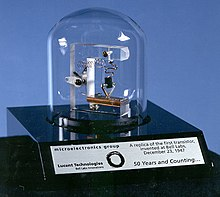
When was the transistor invented?
The transistor was invented in the late 1940s. The breakthrough invention of the transistor took place at Bell Laboratories in New Jersey, United States.
The specific date associated with the invention of the transistor is December 23, 1947. This is when John Bardeen and Walter Brattain successfully demonstrated the operation of the first point-contact transistor, using a piece of germanium and gold point contacts.
This invention marked a significant milestone in electronics, as it provided an alternative to vacuum tubes for amplifying and controlling electrical signals.
Transistors revolutionized the field of electronics by being smaller, more reliable, energy-efficient, and durable compared to vacuum tubes.
They laid the foundation for the development of modern technology, including integrated circuits, microprocessors, and countless electronic devices that have shaped our world.
For their groundbreaking work on the transistor, John Bardeen, Walter Brattain, and William Shockley were jointly awarded the Nobel Prize in Physics in 1956.
The invention of the transistor is considered one of the most transformative technological advancements of the 20th century, laying the groundwork for the digital age and the technological advancements that followed
Conclusion of transistor.
The invention of the transistor was not the result of a single “eureka” moment by a lone genius, but rather a product of collaboration, perseverance, and the synergy of theoretical insights and experimental expertise.
The triumphant creation of the transistor reshaped the landscape of electronics, giving birth to the digital age and transforming the world in profound ways.
This remarkable journey serves as a reminder that innovation often thrives when brilliant minds come together, forging new paths to the future.
Read More:
